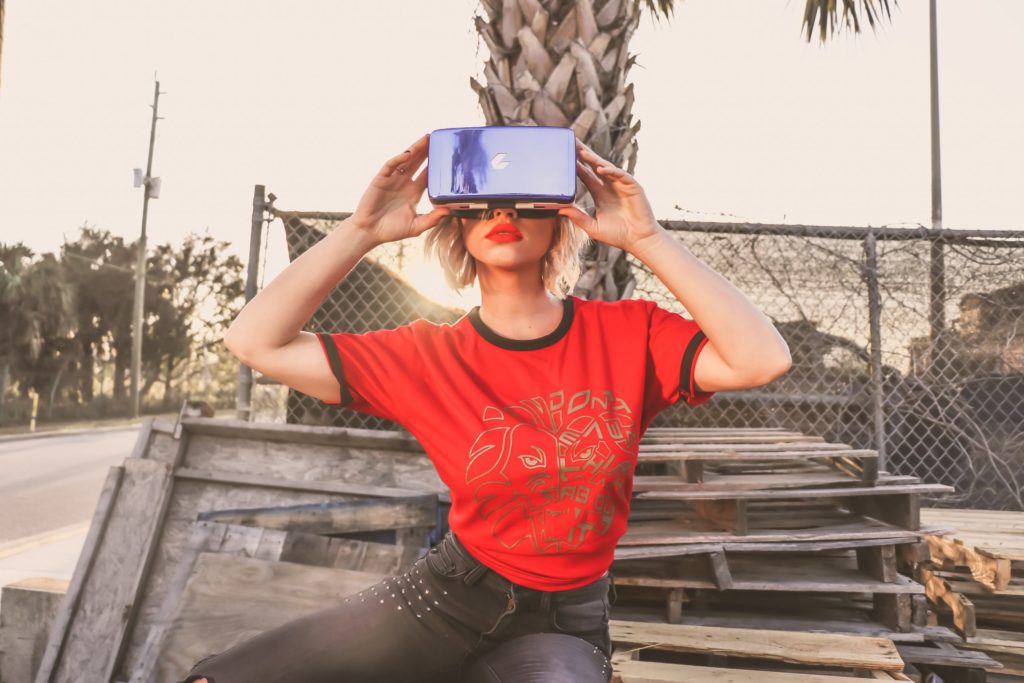Stay Relevant in 2020 with these Content Marketing Trends
1.) Video
Video is number one on this list–partly because of its prominence in modern content marketing, but also because video marketing strategies incorporate other trends on this list. The rise of video marketing has grown tremendously throughout the past decade with the advent of video streaming platforms, social media and advances in personalized data.

Money goes where the eyes are–more people are expected to watch video content than ever before–and marketers are taking note, with over “83% saying that they believe video is becoming increasingly important [Joanna Carter: source].” There are a variety of ways that video is being used in content marketing, yet the personalization of videos is one of the most successful approaches, and the one strategy we expect to see duplicated most in 2020. This data-driven approach allows marketers to comb through rich analytics collected from audience behaviors and tweak their marketing efforts based on viewing habits.
2.) Virtual Reality
Virtual reality, or simply, VR, is a 360-degree immersive experience that allows users to view the world like never before with the assistance of headsets, goggles and motion capture devices. Virtual reality headsets are selling like hot cakes–they are estimated to sell “82 million devices in 2020, a 1,507% increase from 2017 [Brandon Becker: source].” Media giant and Evil Empire, Facebook, recently acquired one of the biggest names in the VR sector, Oculus for a cool price of $2.3 billion, a confirmation that suggests companies are eager to invest in this burgeoning technology-of-the-future.

The advantage to this is that it presents its users with real or fictional settings they might not otherwise be able to see or interact with (at least on a spatial level). Nonprofits can now teleport eager participants to real, tropical reefs to illustrate the devastating effects of coral bleaching without ever having to leave their homes. Real estate agents can give tours of multiple houses without ever having to leave the office. Being transparent with consumers is more important to marketers than ever before, and virtual reality is a powerful tool marketers can leverage to create that trust. We anticipate that VR will continue to improve its technological capabilities and become more affordable as well, making it more prominent and prevalent to the masses. Seeing is believing, and consumers are more apt to engage with something that they can interact with on an intimate level, which is why we believe that VR will continue to see tremendous growth in content marketing this year.
3.) Influencer
People buy a product or service because they are confident their decision to spend money is worth the price. How many times have we gone to see a movie or watch a show because of a recommendation from a trusted friend? Influencers work in a similar fashion, but on a greater scale and scope of interests. Platforms like Tik Tok, Instagram, YouTube, Twitch and many more are leveraged by ‘personalities’ to carve out specific niche audiences that capture the interest of specific people. Influencers are experts in their particular field and carry a strong reputation of knowledge over their respective community.

According to HubSpot [source], there are five different types of influencers 1) Micro 2) Celebrity 3) Blog 4) Social Media and 5) key opinion leader. Each category has its own benefit towards a business’ intended goal, whether that be to increase reach, product purchasing or traffic. However, these categories each come with a different price tag. Companies with limited budgets would be hard pressed to compete with the likes of Nike to secure ad space on say, Christiano Ronaldo’s Instagram. Micro-influencers are a great option for any business because they are comparatively cheap and highly trusted by their audience. These influencers have large, niche followers who are more likely to resonate with whatever brand or service you are promoting. Influencer marketing will continue to see a rise in 2020 and beyond because as long as there are social platforms, there will be thought leaders using them to flex their authoritative knowledge and people to follow.
4.) Personalization
Personalization is a key component for modern marketers to be successful. Psychographic, infographic and demographic data have always been used by marketers to understand their target market. However, the insights collected on these consumers have not alway been able to translate for marketers on a micro level. Conventional media methods of delivery, like printed ads or commercials, were simply incapable of targeting people the way we can now with the use of cookies or algorithms. International companies can now use different website content to account for language discrepancies in different countries based on user data.

These targeted approaches allow marketers to curtail their reach with specific messages, product information and related suggestions all based on advanced data gathered from their habits, behavior and location. Advertisements are not quite as personalized as they are in futuristic movies like Bladerunner, however, marketers should be wary of coming across as too invasive and be wary of coming across as creepy or Big Brother-esque. Gaining detailed insight into the mind of the consumer and being able to send targeted messages is extremely valuable and will continue to be an essential part of content marketing in 2020. There’s a reason why Netflix and Amazon are able to keep their subscribers coming back for more, and it’s all because they know what we want.

